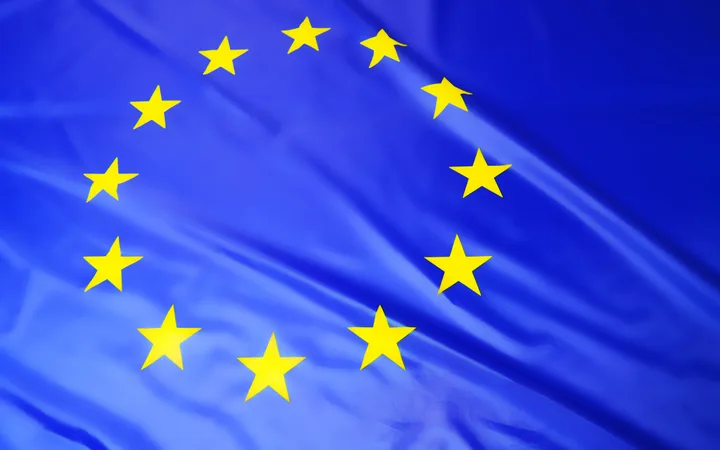European Regulation No. 2822/2024 and Directive 2823/2024 on the protection of designs entered into force on 8 December 2024. #
The New Regulation will enter into force at the European Intellectual Property Office (EUIPO) in two phases: the first phase on 1 May 2025, and the second phase on 1 July 2026. The EU member states will have to transpose the provisions of the Directive into the corresponding national laws by 9 December 2027.
Key changes of Phase I: #
Terminology changes #
The Registered Community Design and Unregistered Community Design will now be known as the Registered EU Design (REUD) and the Unregistered EU Design (UEUD) respectively.
Broadening of the definition of design and product #
The definition of ‘design’ has been broadened to encompass animation and GUI. Animation refers to the gradual transformation of design elements, which may or may not maintain their original identity. It is to be understood as a broad concept that encompasses both motion and transition.
The definition of product has been expanded to include industrial and handcrafted items, whether they take form as a physical object or materialise in a non-physical state, which will also include intangible products, 3D prints, animations and GUIs.
Scope of protection #
New infringing uses of a design will consist of creating, downloading, copying and sharing or distributing any medium or software that records the design. This means that infringing acts will now extend specifically to 3D printing.
Removal of the unity of class requirement #
The requirement of unity-of-class is removed. Multiple applications can contain designs in different classes, with the maximum number of designs allowed in a single application being limited to 50.
Deferred publication fees now charged on filing #
Deferred publication no longer requires payment of a publication fee. As a result, design holders can no longer avoid publication by simply withholding payment; instead, they must formally surrender any designs they do not wish to be published—no later than three months before the 30-month deferment period ends.
Failure to pay the deferment fee at the time of filing will result in the rejection of the application.
Changes to filing fees #
The registration and publication fees have been merged into one single application fee. For multiple applications, a flat fee per additional design has been introduced thus eliminating bulk discount brackets based on the number of designs in a multiple application. The maximum number of designs in a multiple application has been set at 50. Combined with the removal of unity of class requirement, overall savings are possible by including designs belonging to different classes into the same application.
Repair Clause: Exception to design protection for component parts of complex products #
The new provision states that design protection shall not be conferred to component parts of a complex product upon whose appearance the design of the component part is dependent, and which is used for the sole purpose of the repair of that complex product so as to restore its original appearance, e.g. a body panel or door of a car. This clause clarifies that there is no protection for a design which constitutes a component part of a complex product for the purpose of the repair of that complex product and is limited to “must match” parts only that restore the product to its original appearance. EU member states who currently provide design protection for spare parts, for which registration was applied for before 8 December 2024, can continue to provide this protection until 9 December 2032.
Introduction of a Design notice #
To raise awareness about the design registration regime and to facilitate the marketing of products protected by design registration, design holders (or third parties having their consent) will be able to display a design notice on their products, consisting of a letter ‘D’ enclosed within a circle.
Changes to Renewal dates and fees #
The way the basic period for renewal for EU designs is calculated has been aligned with that of EU trade marks. The basic renewal period will now be the six-month period ending on the date of expiry of the registration (and not on the last day of the month in which protection ends).
The grace renewal period (where a surcharge is applicable) will start the day after the date of expiry and will end six months after said date.
Abolition of certain official fees #
- Fees for recording a transfer (but not a licence)
- Cancellation of the registration of a licence or other right
- Inspection of files
- Issuance of certified and uncertified copies
Key changes of Phase II #
Design representation regime #
Possible increase from the current max. 7 views. The format and file types for animations will be clarified.
Continuation of proceedings #
If a time limit has been missed, continuation of proceedings can be requested withing two months of the missed deadline. The omitted act must be completed and the continuation fee paid also within the same time limit. Not available for all the time limits.
Alteration of application #
Amendment of representation in immaterial details becomes possible and an alteration fee must be paid.
If you would like further information regarding the EU Designs Reform, please contact us.





















